Repairing an electronic circuit board can seem daunting, especially for those new to electronics. However, with the right tools, techniques, and a systematic approach, anyone can learn how to diagnose and repair circuit boards effectively. This article will delve into the intricacies of circuit board repair, providing you with a step-by-step guide, essential tools, and tips for successful repairs.
Understanding Circuit Boards
Before diving into the repair process, it's crucial to understand the structure and function of circuit boards. A circuit board, often referred to as a printed circuit board (PCB), is a flat board that connects electronic components using conductive pathways. These pathways are etched from copper sheets and are essential for the functionality of electronic devices. Common types of circuit boards include single-sided, double-sided, and multi-layer boards, each with its own complexity and repair challenges.
Common Issues in Circuit Boards
Circuit boards can fail for various reasons, including:
- Component Failure: Resistors, capacitors, and integrated circuits can fail due to age, heat, or electrical surges.
- Solder Joint Issues: Cold solder joints or cracked solder can lead to intermittent connections.
- Physical Damage: Cracks, breaks, or burns can occur due to mishandling or environmental factors.
- Corrosion: Moisture can cause corrosion on the board, leading to connectivity issues.
Essential Tools for Circuit Board Repair
To effectively repair a circuit board, you will need the following tools:
- Soldering Iron: A reliable soldering iron with adjustable temperature settings is essential for making precise repairs.
- Solder: Use high-quality lead-free solder for environmental safety and better conductivity.
- Multimeter: A digital multimeter is crucial for diagnosing electrical issues and measuring voltage, current, and resistance.
- Desoldering Pump: This tool helps remove solder from joints, making it easier to replace faulty components.
- Tweezers and Pliers: Precision tweezers and pliers are necessary for handling small components.
- Magnifying Glass or Microscope: These tools help inspect small components and solder joints for damage.
Step-by-Step Guide to Repairing a Circuit Board
Step 1: Diagnosis
Begin by visually inspecting the circuit board for any obvious signs of damage, such as burnt components, broken traces, or corrosion. Use a multimeter to test the continuity of traces and components. Identify the faulty components that need replacement.
Step 2: Preparation
Once you have diagnosed the issues, gather the necessary replacement components. Ensure that you have the correct specifications, such as resistance values for resistors or capacitance for capacitors. Prepare your workspace by ensuring it is clean and well-lit.
Step 3: Desoldering Faulty Components
Using the soldering iron, heat the solder joints of the faulty components. Once the solder is molten, use a desoldering pump to remove the solder. Carefully lift the component from the board using tweezers. Be cautious not to damage the PCB pads during this process.
Step 4: Repairing Traces
If you find broken traces, you can repair them using a conductive pen or by soldering a thin wire to bridge the gap. Ensure that the repair is secure and that there are no short circuits.
Step 5: Soldering New Components
Position the new component in place and apply solder to the joints. Ensure that the solder flows smoothly and forms a solid connection. Avoid using excessive solder, as this can lead to short circuits.
Step 6: Testing
After completing the repairs, it’s time to test the circuit board. Reconnect the board to its power source and use the multimeter to check for proper voltage and functionality. Monitor the board for any signs of overheating or malfunction.
Tips for Successful Circuit Board Repair
- Practice Soldering: If you are new to soldering, practice on scrap boards before attempting repairs on valuable circuit boards.
- Stay Organized: Keep your workspace organized to avoid losing small components and tools.
- Document Your Work: Take notes or photos during the repair process to help with future repairs or troubleshooting.
- Be Patient: Circuit board repair can be intricate and time-consuming. Take your time to ensure quality work.
Conclusion
Repairing an electronic circuit board is a valuable skill that can save you time and money while enhancing your understanding of electronics. By following the steps outlined in this guide and utilizing the right tools, you can successfully diagnose and repair circuit boards with confidence. Whether you are a hobbyist or a professional, mastering circuit board repair will empower you to tackle a wide range of electronic challenges.
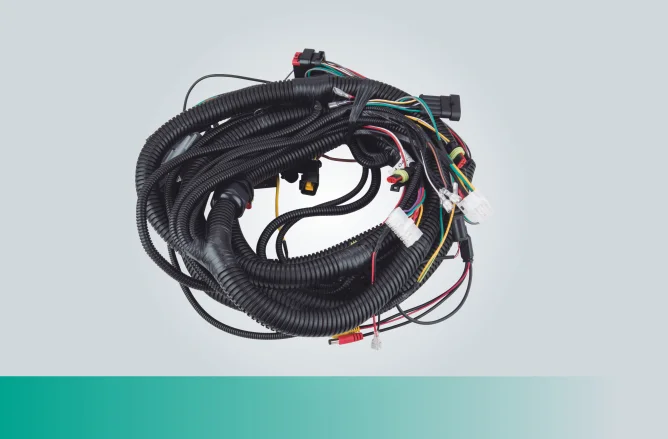


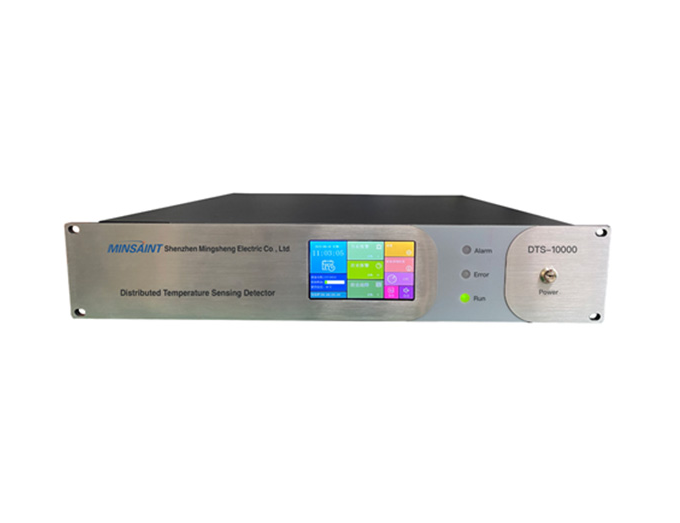
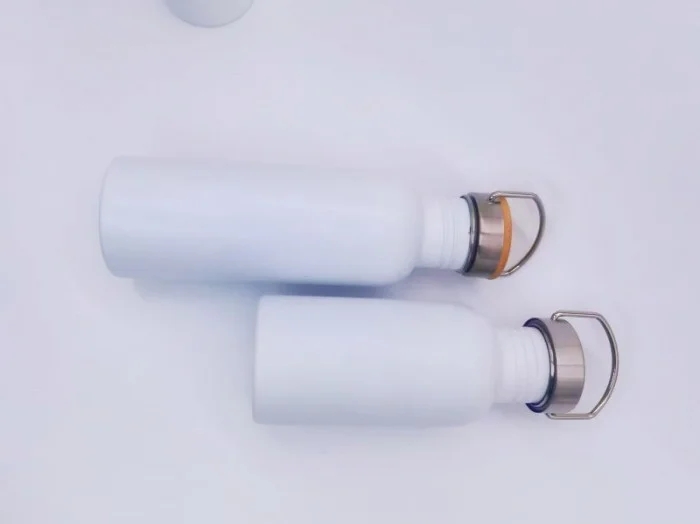
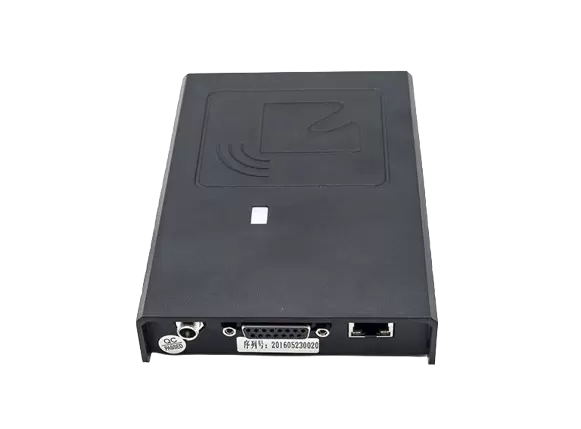
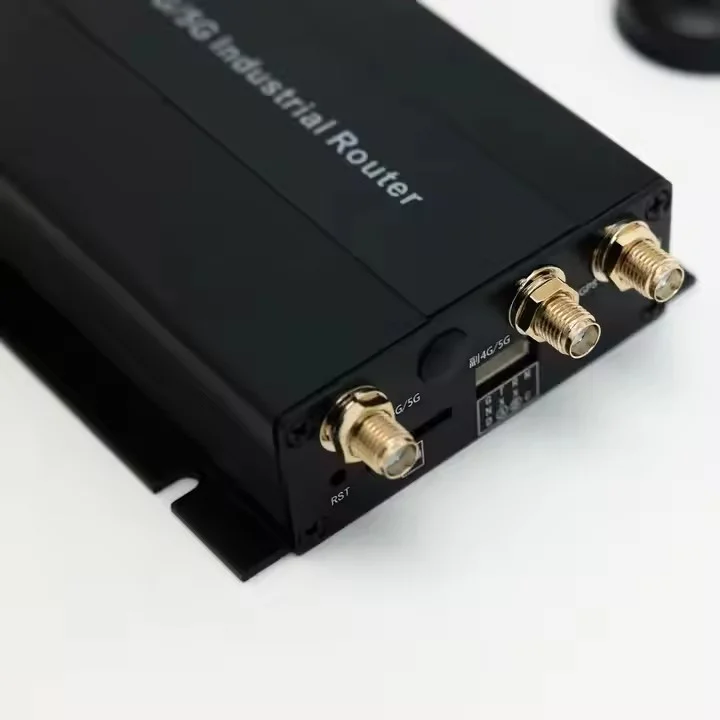

+ There are no comments
Add yours